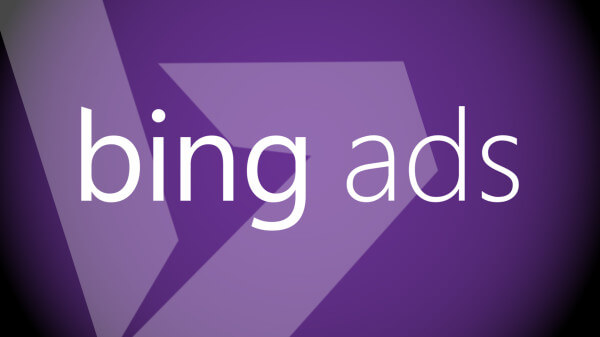The forced migration could lead to competing ad serving in your account if you haven’t take action.
Today, Bing Ads continues with its consolidation of device targeting, spurred by Google’s Enhanced Campaigns.
Following up on its change back in October to group tablet and desktop traffic (though with the option of a tablet modifier), Bing Ads no longer accepts separate smartphone targeting at the campaign level. This latest change brings Bing Ads in line with Google AdWords device targeting.
If you haven’t accounted for this change yet, you still may have some time to do so before Bing Ads does it for you. Migrations are taking place this week, March 23 to March 27.
Here are the implications at the campaign level of this change:
Not only do all campaigns automatically target smartphones, explicit smartphone operating system targets are no longer feasible.
Tablet bid adjustments can range from -20 percent to +300 percent of the desktop bid. Mobile bid adjustments can range from -100 percent (to exclude smartphone traffic) to +300 percent.
For campaigns that are forced over in the migration, Bing Ads won’t change any bids or bid adjustments, but the real problem for advertisers that have campaigns force-migrated is that they’ll end up with duplicate keywords in their campaigns. If you have the same keywords set up in two different campaigns, one mobile and one desktop, the ads in those campaigns will end up competing against each other after the migration because they’ll both be targeting all devices.
Bing Ads has a best practices page on unified device targeting that includes considerations to take before and after the migration. Be sure to spend extra time early this week to check on your Bing Ads targeting.





